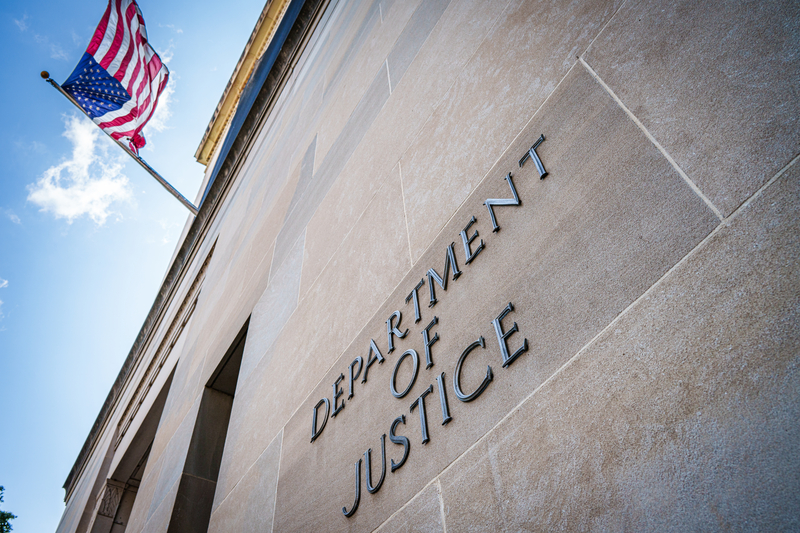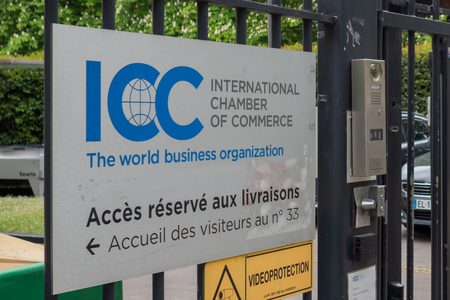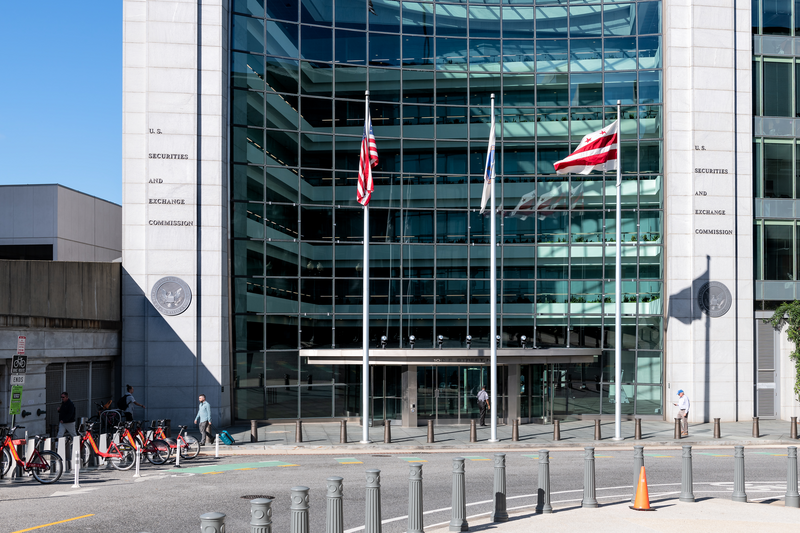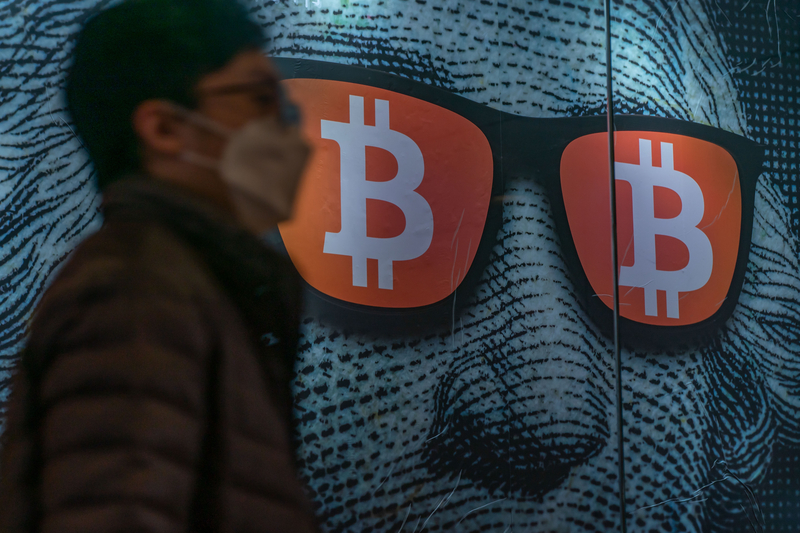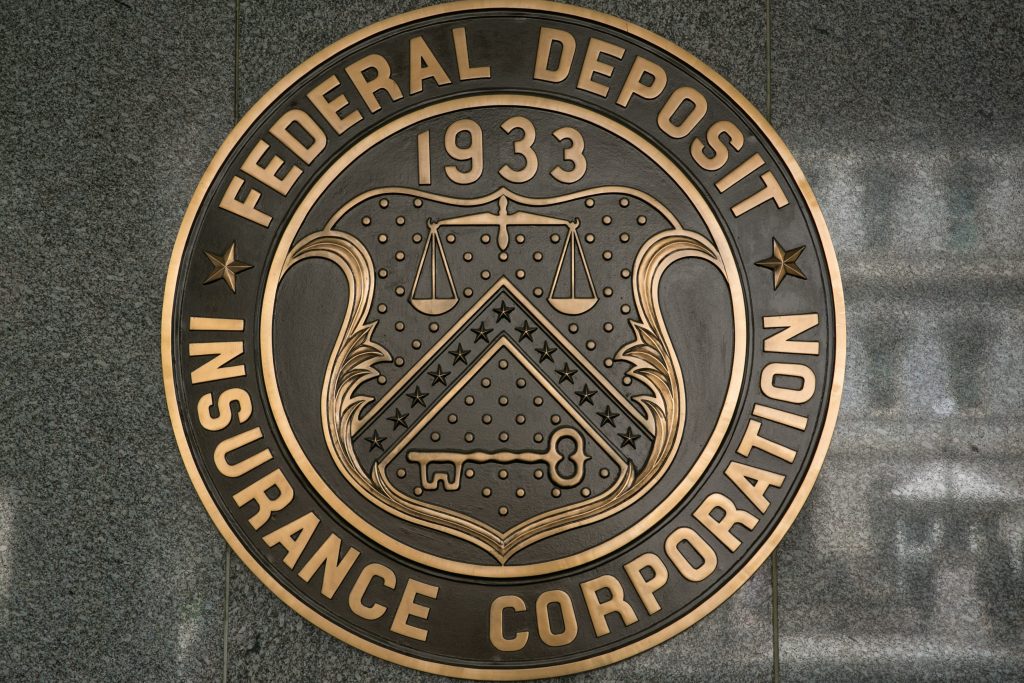On Monday, the Federal Deposit Insurance Corp. (FDIC) sent a warning to US banks not to take liberties with their deposit numbers.
A WSJ analysis of the banks’ filings with the FDIC shows that Bank of America and Huntington National Bank had among the biggest revisions to their uninsured-deposit numbers in the weeks after Silicon Valley Bank (SVB) experienced an exodus of client deposits.
Dozens of banks tweaked their numbers to reduce the portions of their deposits that they said were uninsured, with 47 banks restating their December 31 uninsured-deposit figures downward by a total of $198 billion, the WSJ’s analysis showed.
Deposit insurance
Typically, the FDIC insures deposits up to $250,000. These accounts, often from government entities, generally exceeded that amount, but the banks put collateral behind them, effectively guaranteeing the depositors would be paid back if the bank failed.
In a letter to banks, the FDIC said that only deposits that it insured could be called insured deposits. “The existence of collateral has no bearing on the portion of a deposit that is covered by federal deposit insurance,” the FDIC said.
Additionally, the FDIC said some banks incorrectly showed lower numbers “by excluding intercompany deposit balances of subsidiaries”.
The largest revision was by Bank of America; the lender said in a May 5 filing that its uninsured deposits were $784 billion as of December 31, which was $125 billion (or 14%) less than it reported originally.
Unlike smaller banks, Bank of America was not under a threat of mass withdrawals because it is widely believed the US government won’t let one of the largest banks fail.
But shifting those numbers could save Bank of America hundreds of millions of dollars.
The SVB special assessment
In May, the FDIC said it was imposing a special assessment on banks with more than $5 billion of total assets to cover the $15.8 billion that it cost to guarantee uninsured deposits at Silicon Valley Bank and Signature Bank after both regional banks failed in March.
The assessment would be based on a bank’s uninsured deposits as of the end of 2022. The FDIC put forward a plan that would exempt the smallest institutions from the fee.
Based on the special-assessment formula proposed by the FDIC, Bank of America would owe $1.96 billion over two years using its own, revised December 31 figure, down from $2.27 billion using its previously reported figure.
Bank of America spokesman William Haldin told the WSJ the bank stands by its revised number. He said the bank had removed some internal or intra-bank accounts from its uninsured-deposit number and doesn’t intend to file another revision.
The next-largest revision to uninsured deposit amounts was by Huntington National Bank, a unit of Huntington Bancshares. In a May 26 filing, Huntington said its uninsured deposits were $51 billion as of December 31, which was $34 billion or 40% less than it previously reported.
Like Bank of America, Huntington would realize significant savings on its special assessment if it were using its revised December number.
Huntington spokeswoman Tracy Pesho told the WSJ that her bank “restated its uninsured deposit levels to more accurately reflect customer deposits and exclude intercompany cash balances, consistent with other banks and our understanding of the FDIC’s then-current instructions”.
She said Huntington is “assessing the statement from the FDIC and determining what the appropriate next steps are”.
Bankers’ fears and a lingering question
US banks saw what happened to SVB and Signature Bank and realized their uninsured deposit percentages would be under the spotlight. The customer deposit outflows at SVB were over $40 billion on March 9 alone.
They figured they had a collateral-based means to get their uninsured deposit number as low as possible by the end of that quarter – and they have only gotten a pointed FDIC warning so far, as unusual as such a warning is.
One has to wonder if a shareholder response of some sort will follow. This misrepresentation by a group of bankers who should know how to calculate uninsured deposit amounts in an FDIC-compliant manner – having done so for years previously – is at least concerning.


